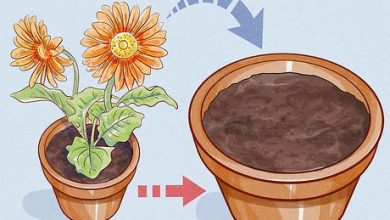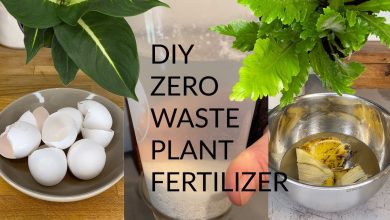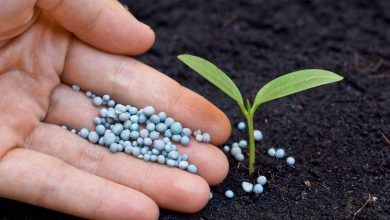How does the Moon influence the plants in the garden? – lunar cycles
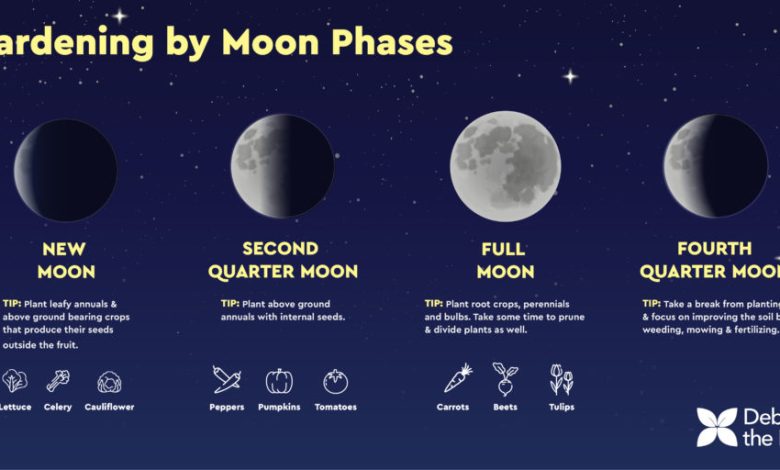
How does the Moon influence plant growth? What effects does the new moon or the crescent moon have on crops? What is the best moon to sow, transplant or prune plants?
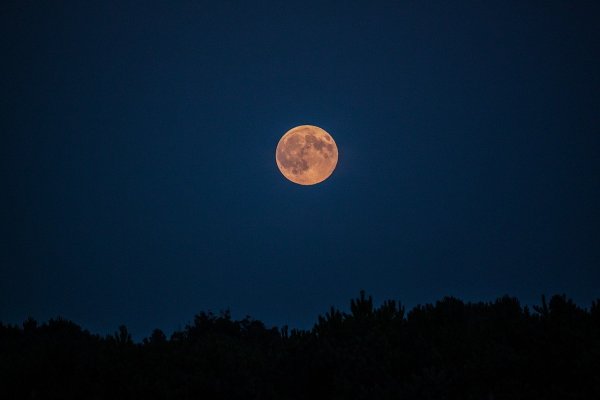
The beliefs that our satellite has an effect on the development of plants are as old as they are global. The farmers of the first civilizations of the East and the West already attended lunar rites in agriculture and even today, many farmers plan their cultivation according to the lunar planting calendar.
Scientists and researchers of the 20th and 21st centuries have shown their interest in the influence of the moon on crops, which has been the subject of several studies and research projects.
Today millions of farmers around the world take into account the popular beliefs about the Moon and carry out planting and other cultivation tasks according to the lunar phases. This traditional point of view of ancestral agriculture (also supported by biodynamics and other current agroecological currents) defends that the influence of the Moon on crops is decisive in their development.
But… What does science say about this star? Is it proven that the Moon influences plant growth? Does planting in one phase or another affect crops differently?
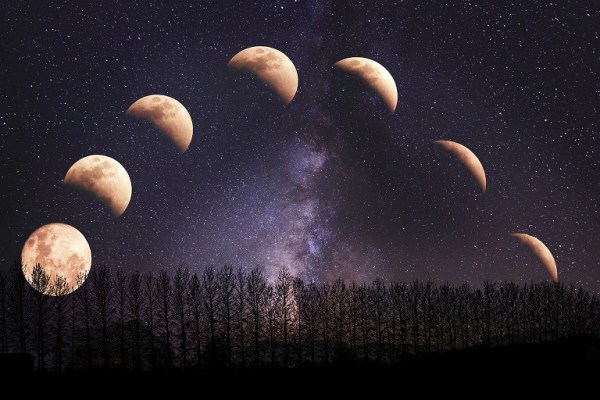
Although science has not been able to date to demonstrate all the postulates defended by the so-called «sensitive agriculture» about the lunar influence on plants, many of the effects of the moon on the movement of tides and precipitation, plant physiology or animal behavior have been scientifically proven.
In today’s post we make a brief summary of what science says about the effects of the moon on crops. We will see what has been scientifically proven about the phases of the moon and its influence on plants, and also what are the cultivation practices and tasks based on lunar cycles, many of them supported by thousands of years of agricultural experience, although still without studies that support them.
Lunar cycles: how are the movements of the Moon
Our satellite goes through different cycles, which are independent of each other, depending on the sunlight that it reflects to the Earth or its position with respect to the Earth and the Sun.
Full, Waxing, New and Waxing Moon Phases
The synodic period or lunation is a cycle of 29.5 days in which the Moon, seen from Earth, goes through the four defined phases: New Moon, First Quarter, Full Moon and Last Quarter; according to the light (or shadow) it receives depending on its position with respect to the Sun and the Earth.
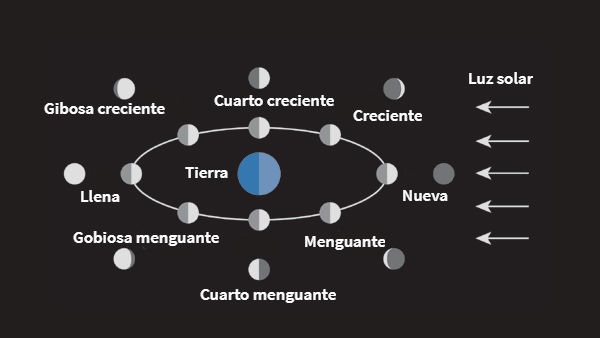
Moon translation: apogee and perigee
In the cycle called sidereal or sidereal period, lasting 27.3 days, the Moon makes a complete return around the Earth moving away or approaching our planet depending on the point of the elliptical orbit where it is.
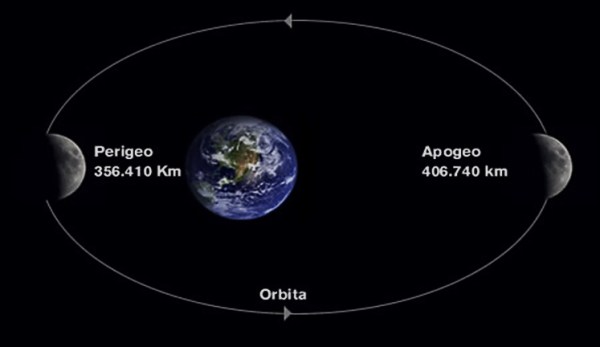
At apogee the Moon is at its closest point to Earth (about 356,000 km), while at perigee it is at its maximum distance (over 400,000 km), so smaller.
Moon’s ascending and descending movement
The orbit of the Moon and that of planet Earth are not in the same plane. The lunar orbit is oblique, so from the Earth’s surface the satellite will not always be seen at the same height above the horizon.
To know if there is an ascending Moon or a descending Moon, you have to observe the position of the star from the same point for two or three nights in a row at the same time. If on the 2nd day of observation the moon appears higher than the previous day and below the position of the third day, we are facing a rising moon. During the descending moon phase the opposite happens, and on consecutive days the moon is seen closer to the horizon.

As we will see in the last section, the traditional agricultural practices that follow the lunar calendar consider these cycles to carry out the tasks. Biodynamic agriculture also takes into account other cycles such as the position of the Moon with respect to the twelve regions of the zodiac or the lunar nodes (when it passes through the plane of the celestial equator).
How the Moon influences plants
One of the main scientific proofs of the influence of the Moon on crops is the relationship between the position of the Moon and the terrestrial electromagnetic field, which in turn influences the movement of plant sap and its growth.
Several studies have shown that the gravity or attractive force of the Moon and the Sun on the Earth’s surface exerts a power of attraction on all the liquids found on the Earth’s surface.
This phenomenon, in addition to the waters of the oceans (which suffer ascents and descents), also influences the rise of the sap that circulates inside the plants, which is greater when the Moon is closer to the earth (perigee) than when it is in the farthest zone of the lunar orbit (apogee).
In addition, it is known that the movements of the sap are cyclical and that during the waxing and full moon phases they are predominantly ascending, while during the waning and new moon phases the sap moves more downwards and is concentrated in the root zone.
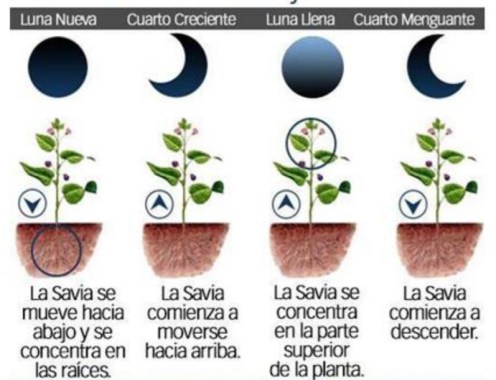
In traditional agriculture, the movement and concentration of the sap in one part of the plant or another is taken into account when planning cultivation tasks such as pruning (which must be carried out with «stopped sap») or planting and horticultural harvest. In this case, in addition, these tasks would not be carried out at the same time of the lunar cycle if they are plants from which the aerial part is used (leaves, fruits, inflorescences…) than in the case that the underground part is edible (roots, tubers, bulbs…).
Another example of the lunar influence already demonstrated is the relationship between the different phases and photosynthesis. It is known that, in all plants, photosynthesis is much more intense from the crescent moon to the full moon, where the greatest increase in the photosynthetic process occurs; and this phenomenon is scientifically attributed to the increase in lunar light on Earth.
The intensity of the moonlight is precisely another aspect that relates the lunar phases to agriculture. The lunar luminosity can be favorable or unfavorable in the stages of development of the insects, since there are those that develop completely in the dark and others that are favored by the light of the Moon.
Effects of the crescent moon on crops
During the waxing moon phase, the moonlight increases and the plants have a balanced growth of foliage and roots.
In this period there is more movement of water in the soil and the available humidity is greater, so if the sowing is carried out in a crescent moon, the seeds will germinate faster.
How does the full moon affect plants?
During the full moon phase, the sap is mainly in the aerial part of the plant and it is the moment of greatest internal movement of water and sap, which is why the plants grow quickly. Increases plant height and foliage growth, although roots and fruit grow less.
The full moon is said to be the best time to harvest leafy vegetables, work the land and do transplants. In addition, this is the period with the greatest amount of moonlight, so it is a good time to sow (moonlight, unlike sunlight, is able to penetrate deeper into the soil, favoring germination).
It is not advisable to prune vegetables at this stage, as they have a lot of water inside and could dehydrate quickly when cut, as the water tends to come out. It is also not convenient to cut the cuttings because the hormones that promote rooting (auxins) are very diluted and this harms the stimulation of root emission.
How to cultivate the garden according to the phases of the Moon
In the following table we see a summary with the main tasks of the orchard (planting, grafting, fertilization, harvesting or harvesting…) depending on the phases of the Moon and the type of crop.
| moon phase | Cultivation work |
|---|---|
| first quarter | Sowing of leaf and fruit vegetables, flowers… Application of fertilizers and fertilizers Grafting |
| full moon | Planting of perennial species Transplantation and vegetative propagation (cuttings, etc.) Harvest of leaf and fruit vegetables |
| last quarter | Planting of tubers and roots Elimination of weeds, withered leaves… Harvesting of fruits to obtain seeds |
| New Moon | Harvesting of tubers and roots Elimination of weeds, withered leaves… |
| rising moon | Crop of vegetables growing above ground Grafting |
| descending moon | Harvesting of underground vegetables Planting of cuttings |
What is the best moon to sow?
For garden crops where the crop grows above ground, traditional practices recommend planting in the phase of the waxing moon. The phase from the new moon to the crescent moon is conducive to sowing leafy vegetables (spinach, parsley…) and cereals or grains, while in the phase from the crescent moon to the full moon it is better to sow fruit vegetables (tomatoes, peppers, cucurbits such as melon or cucumber) as well as beans, peas and other legumes.
In crops that grow underground (potatoes, carrots, onions, garlic, radishes, sweet potatoes, ginger…) the best moon to sow is the new moon or the waning phase.
The plants that we cultivate for their inflorescences or seeds (such as cauliflower, broccoli or cereals such as corn), as well as those that are at risk of sprouting (such as lettuce) are also better sown during the waning quarter phase.
In addition, considering another of the moon cycles that influence crops, that of the moon’s movement and its position at apogee and perigee, several authors state that when the moon is closest to the Earth (at perigee) the Seed germination is weaker, so sowing at this stage is not recommended.
In short, it is undeniable that the Moon influences crops and there is probably a lot of truth in lunar planting calendars. Although there is already some scientific evidence, much remains to be known about our satellite and its effects on Earth, so it is essential to launch more research projects that try to clarify what is true in this ancestral knowledge.
References
- Higuera-Moros, A. et al., 2002. Effect of lunar phases on insect incidence and yield components in bean cultivation. UDO Agricultural Scientific Journal, vol. 2 (1), p. 54-63.
- Peasant Youth Homes Foundation (Colombia), 2004. Alternative Agriculture Manual. Principles. Ed. San Pablo. ISBN: 958-8233-13-5
- Coughenour, CL et al., 2009. Tides, tidalites, and secular changes in the Earth–Moon systems. Earth-Science Reviews, vol. 97, p. 59-79.
- Pezo Araujo, H., 2012. Influence of lunar phases on agricultural production. National University of San Martin, Tarapoto (Peru).
- Flores Martínez, L. et al., 2012. Influence of lunar phases on corn yield (Zea Mays Variety NB6). Science and Interculturality, vol. 10 (1), p. 132-148.
- Vásquez Cabrera, A. et al., 2015. The effects of the Moon on agricultural production. Caribbean University Magazine, vol. 13 (2), p. 21-25.
- Acosta Moran, EL et al., 2019. Influence of lunar phases on the incidence of insect pests and production in rice cultivation (Oryza sativa L.). RECIAMUC, vol. 2 (2), p. 367-390.


